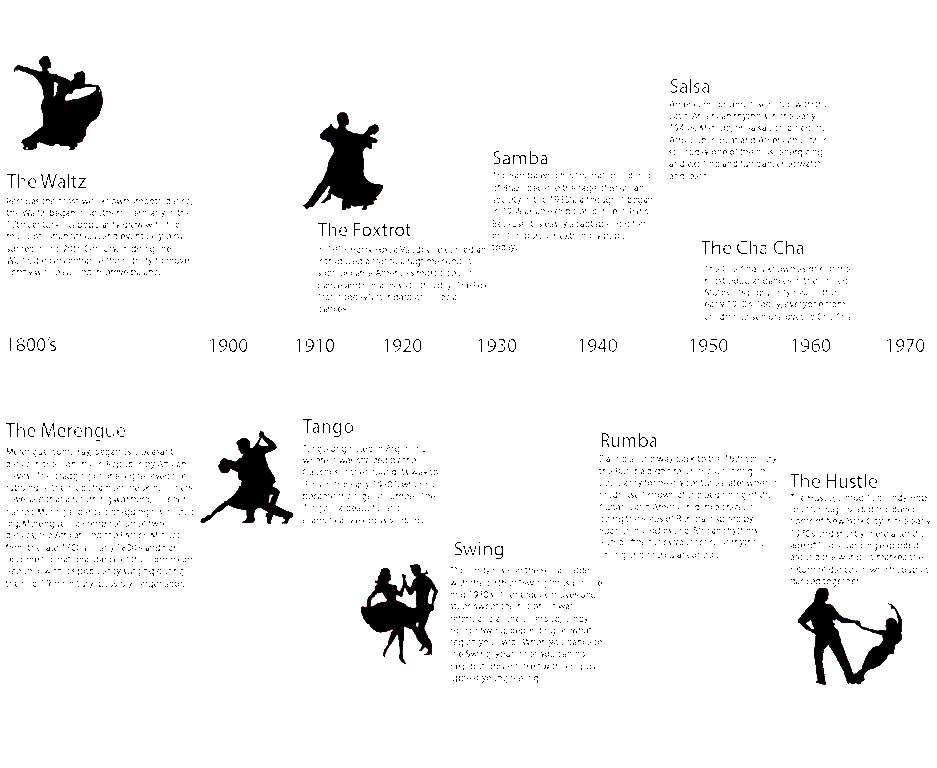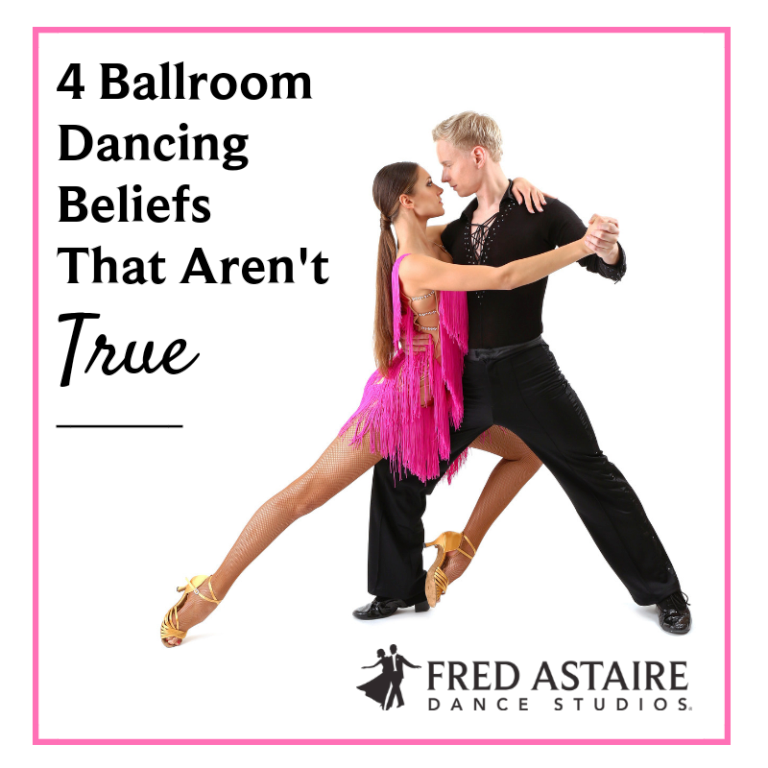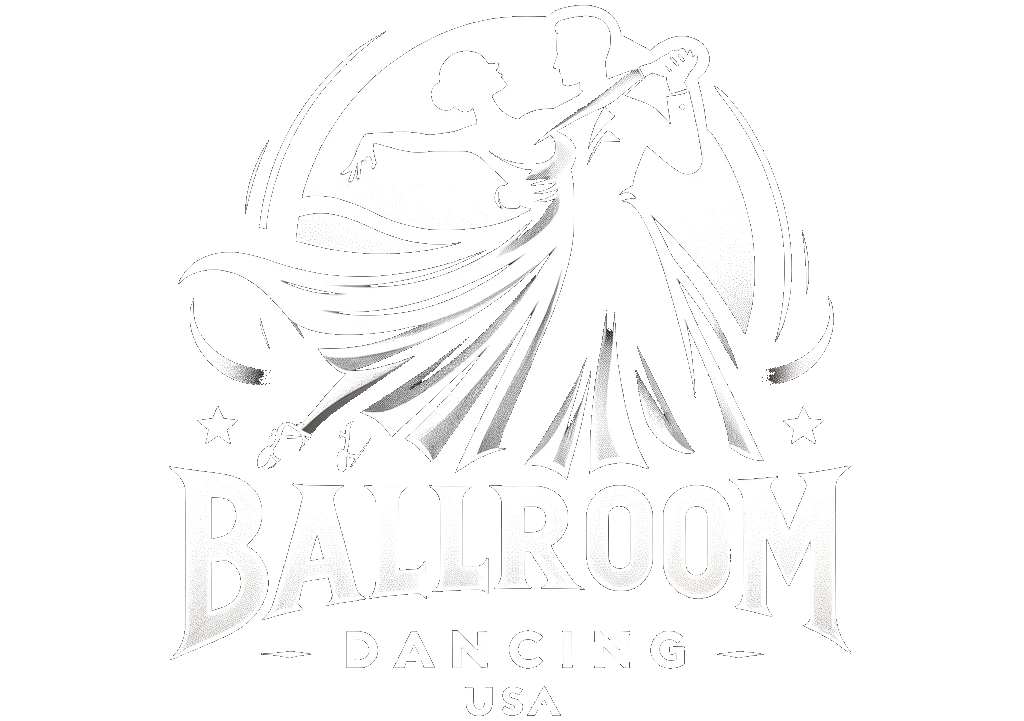
1. Introduction to the Evolution of Ballroom Dance Styles in America
Introduction to the Evolution of Ballroom Dance Styles in America
Ballroom dancing has been a popular form of entertainment and recreation in America for centuries. From the early days of the colonies to the present day, ballroom dancing has evolved in style and technique to reflect the changing times and cultures. From the earliest days of the waltz to the modern dance styles of today, ballroom dancing has been a part of American culture for generations.
The earliest known ballroom dances in America date back to the mid-1700s, with the popular minuet, allemande, and gavotte. These dances were popular among the upper classes and were often used as a form of entertainment at social gatherings. As the years passed, more dances were created, such as the polka, quadrille, and mazurka. These dances were popular among the middle and lower classes and were often seen in public spaces such as parks and taverns.
The Rise of the Waltz
In the early 1800s, the waltz became the most popular dance in America. The waltz was a much faster and more romantic dance than the minuet and other earlier dance styles. It was often seen in ballrooms, dance halls, and other social gatherings. The popularity of the waltz led to the creation of many new dances, such as the polka, schottische, and mazurka.
The Jazz Age and Swing Dancing
The 1920s and 1930s saw the rise of jazz music and the popularity of swing dancing. Swing dancing was a fast-paced style of dance that was often seen in ballrooms and dance halls. Swing dancing was a combination of jazz music and traditional ballroom dancing and was popular among both the upper and lower classes.
Modern Ballroom Dance Styles
Today, ballroom dancing is still popular in America and has evolved to include a variety of styles. Popular dances include the waltz, foxtrot, tango, rumba, cha-cha, and samba. Ballroom dancing is often seen in competitions, social gatherings, and even nightclubs.
No matter the style of ballroom dancing, it has been a part of American culture for centuries and will continue to be a popular form of entertainment and recreation for generations to come.
2. History of Ballroom Dance in America
History of Ballroom Dance in America
The history of ballroom dancing in the United States dates back to the late 18th century. During this time, the popular dances of the day were the waltz, polka, and quadrille. These dances were performed in ballrooms throughout the country.
19th Century
The 19th century saw the rise of ballroom dancing in America. With the invention of the phonograph, more people had access to recorded music, making it easier to learn the steps of popular dances. By the end of the century, ballroom dancing had become a popular pastime in the United States.
20th Century
The 20th century saw the emergence of new ballroom dance styles such as the foxtrot, tango, and swing. These dances were popularized in the United States by films, television shows, and Broadway musicals. Ballroom dancing clubs began to open up throughout the country, providing a place for people to practice and learn the steps of these new dances.
21st Century
Today, ballroom dancing is still popular in the United States. There are many dance studios that offer classes in various styles, and competitions are held throughout the year. Ballroom dancing is also a popular activity for people of all ages, from young children to seniors.
3. Popular Ballroom Dance Styles in the 19th Century
Popular Ballroom Dance Styles in the 19th Century
The 19th century saw the rise of a variety of ballroom dance styles, many of which are still popular today. The Waltz, Polka, Mazurka, and Quadrille were among the most popular and widely practiced in the 19th century.
The Waltz
The Waltz is a popular dance style that originated in Austria in the late 18th century. It is a three-beat dance, usually in a 3/4 time signature, and is characterized by its graceful, sweeping movements. The Waltz was introduced to the United States in the early 19th century and quickly became a staple of the American ballroom dance scene.
The Polka
The Polka is a lively dance style that originated in Bohemia (now part of the Czech Republic) in the early 19th century. It is a two-beat dance, usually in a 2/4 time signature, and is characterized by its quick, energetic movements. The Polka was introduced to the United States in the mid-19th century and quickly became a popular dance style in American ballrooms.
The Mazurka
The Mazurka is a traditional Polish folk dance that was popularized in the 19th century. It is a three-beat dance, usually in a 3/4 time signature, and is characterized by its lively, syncopated rhythms. The Mazurka was introduced to the United States in the late 19th century and quickly became a popular dance style in American ballrooms.
The Quadrille
The Quadrille is a traditional French dance that was popularized in the 19th century. It is a four-beat dance, usually in a 2/4 time signature, and is characterized by its intricate footwork and patterns. The Quadrille was introduced to the United States in the late 19th century and quickly became a popular dance style in American ballrooms.
4. Changes in Ballroom Dance Styles in the 20th Century
Changes in Ballroom Dance Styles in the 20th Century
The 20th century saw a number of changes in ballroom dance styles in the United States. Jazz music and the Charleston revolutionized the way Americans danced, and the popularity of the Lindy Hop and the Foxtrot grew exponentially. As the century progressed, more and more dance styles began to emerge, including the Latin-American styles of the Cha-Cha, Rumba, and Salsa.
The Swing Era
The Swing Era was a major influence on American ballroom dance in the 1930s and 1940s. The Lindy Hop, a partner dance that combined elements of the Charleston, Tap, and Breakaway, became the most popular style of the era. The Foxtrot, a slow, romantic dance, also gained popularity during this time.
Latin-American Influences
In the 1950s, Latin-American dance styles began to make their way into the American ballroom dance scene. The Cha-Cha, Rumba, and Salsa all became popular, particularly among younger dancers. These dances were characterized by their distinct rhythms and passionate movements.
The End of the Century
By the end of the century, there were a variety of ballroom dance styles being practiced in the United States. From the romantic Foxtrot to the energetic Salsa, American dancers had a wide range of styles to choose from. In addition to traditional ballroom dances, modern dance styles such as Hip-Hop and Breakdancing also gained popularity.
5. Modern Ballroom Dance Styles
Modern Ballroom Dance Styles
American Smooth
American Smooth is a modern style of ballroom dancing that has evolved from the traditional American style of ballroom dancing. It is characterized by its smooth, flowing movements and is danced to a variety of music, including Latin, jazz, and swing. It is often performed in a closed position and is characterized by its smooth, flowing, and graceful movements.
American Rhythm
American Rhythm is the modern style of ballroom dancing that has evolved from the traditional Latin-American style of ballroom dancing. It is characterized by its fast, energetic movements and is danced to a variety of music, including Latin, jazz, and swing. It is often performed in an open position and is characterized by its fast, energetic, and passionate movements.
International Standard
International Standard is the modern style of ballroom dancing that has evolved from the traditional European style of ballroom dancing. It is characterized by its precise, elegant movements and is danced to a variety of music, including classical, waltz, and foxtrot. It is usually performed in a closed position and is characterized by its precise, elegant, and graceful movements.
International Latin
International Latin is the modern style of ballroom dancing that has evolved from the traditional Latin-American style of ballroom dancing. It is characterized by its passionate, energetic movements and is danced to a variety of music, including Latin, salsa, and merengue. It is usually performed in an open position and is characterized by its passionate, energetic, and dynamic movements.
West Coast Swing
West Coast Swing is the modern style of ballroom dancing that has evolved from the traditional American style of ballroom dancing. It is characterized by its smooth, slotted movements and is danced to a variety of music, including blues, jazz, and swing. It is usually performed in an open position and is characterized by its smooth, slotted, and improvisational movements.
6. Conclusion – How Ballroom Dance Styles Have Evolved in America
Conclusion – How Ballroom Dance Styles Have Evolved in America
Over the years, ballroom dance styles in America have changed and evolved. From the early days of the waltz and the foxtrot to the Latin-inspired dances of the 20th century, Americans have embraced a variety of ballroom dances. Today, ballroom dancing is more popular than ever, with a wide range of styles available for both competitive and social dancing.
The evolution of ballroom dance styles in America has been shaped by a variety of influences, including culture, fashion, film, and music. As the popularity of ballroom dance has grown, so too has the range of dances available. From the traditional ballroom dances to the more modern styles, there is something for everyone to enjoy.
The Future of Ballroom Dance Styles in America
As ballroom dance continues to evolve, it is likely that Americans will continue to embrace new styles and dances. Whether it’s the resurgence of swing, the emergence of hip-hop, or the popularity of Latin dances, ballroom dancing in America is sure to remain vibrant and exciting.
The future of ballroom dance styles in America is an exciting one, with many opportunities for dancers of all levels to explore and enjoy. Whether you are a beginner or a seasoned professional, there is a style of ballroom dancing that is right for you. So, get out on the dance floor and experience the joy of ballroom dancing!





